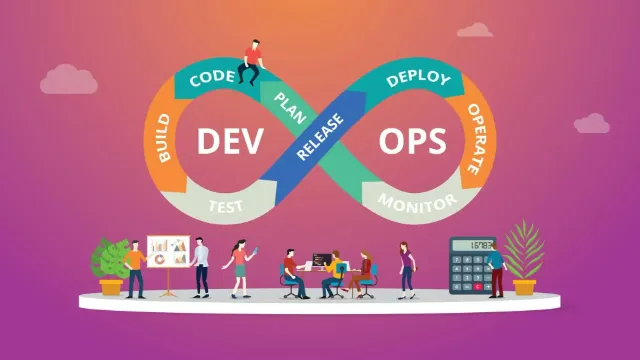5 Ways Text Annotation Is Revolutionizing Retail Data Analysis

In the increasingly modern retail environment, firms compete not only on product quality or pricing but also on how well they comprehend and respond to customer data. With a large volume of social media comments, surveys and support tickets the retailers frequently struggle to extract useful information. This is when text annotation emerges as a transformative tool. By labelling and structuring textual information and text annotation helps machine learning models interpret human language with remarkable accuracy. The result? improved customer interactions and stronger market competitiveness.
5 ways text annotation is revolutionizing retail data analysis
1. Improving Customer Service
Customer service has always been a crucial differentiator but with rising consumer expectations or retailers must react faster and more intelligently than ever. Text annotation enables advanced sentiment analysis and natural language understanding systems that can interpret customer concerns in real time.
Annotated chat data helps customer support bots’ frustration or high value requests allowing them to prioritize or escalate issues appropriately. Retailers can also analyze past support conversations to identify recurring problems delayed shipments, sizing confusion and implement proactive solutions.
By transforming raw customer feedback into meaningful insights, and using text annotation service teams may be proactive rather than reactive. The conversations run more smoothly and customer satisfaction rates are much higher.
2. Fraud Detection
Retail fraud continues to evolve as do the technologies used to identify and prevent it. Text annotation is critical in detecting suspicious behaviours and trends buried in unstructured data sources including return requests, account communications and transaction explanations.
Machine learning models trained on annotated text can identify phrases or behavioural patterns associated with fraudulent activity such as multiple refund claims with similar wording, conflicting customer comments or unusual complaint patterns. These technologies assist retailers in detecting red flags early the lowering losses caused by refund scams, bogus reviews, identity fraud or unauthorised transactions.
Beyond detection the annotated data enhances long term fraud prevention efforts. By teaching algorithms, the difference between “normal” communication and misleading marketing, companies may enhance their defences and preserve brand trust.
3. Market Trend Analysis
Understanding market trends is critical for remaining competitive and particularly in a setting where client preferences change frequently. Text annotation enables merchants to gain insights from social media postings and product evaluations which allowing them to determine what customers are talking about and what they are likely to desire next.
Annotated data enables AI systems to classify themes like affordability, brand loyalty and product performance. Retailers may track trending phrases and sentiment shifts surrounding specific product categories. This information allows for more precise forecasting which helps businesses modify inventory and develop new goods in response to changing demand.
In a world where trends may change in a matter of days the text annotation provides businesses with the agility they need to keep up with consumer expectations.
Also Read: How to scale image annotation cost-effectively
4. Enhanced Competitive Positioning
Retail competition has never been fiercer with businesses continuously fighting for relevance and customer loyalty. Text annotation which allows retailers to analyse rival reviews and customer comments at scale.
Structured text analysis enables the merchants to detect competitive weaknesses such as poor product durability and slow customer support and then utilise this information to improve their own products. And they can also use positive feedback to identify strengths that can be repeated or enhanced.
Retailers acquire a better grasp of how their brand is perceived compared to competitors. Tracking sentiment patterns across platforms allows firms to modify their messaging, strengthen product value propositions and develop stronger more focused marketing strategies.
In an environment where customer perception drives market dominance and the annotated text data is a powerful competitive weapon.
5. Optimization of Marketing Campaigns
Marketing success is dependent on communicating the correct message to the right people at the right time. The text annotation provides merchants with extensive insights about what resonates with their customers based on language patterns and feedback topics identified across communication channels.
Annotated customer data can help uncover the motivations behind purchases such as durability, cost or convenience. This allows for more exact client segmentation and personalised content development.
Better insights result in increased engagement and conversion rates.
Final Words
Text annotation is no longer just a technical process used behind the scenes it has become a cornerstone of modern retail strategy and also by transforming unstructured text into meaningful intelligence that retailers gain deeper visibility into customer behaviour and emerging market trends. From enhancing customer service to preventing fraud and optimizing marketing campaigns and the impact of text annotation is both broad and powerful. Retailers that embrace this technology will be better equipped to make data driven decisions that adapt to customer expectations and thrive in an increasingly competitive marketplace.






